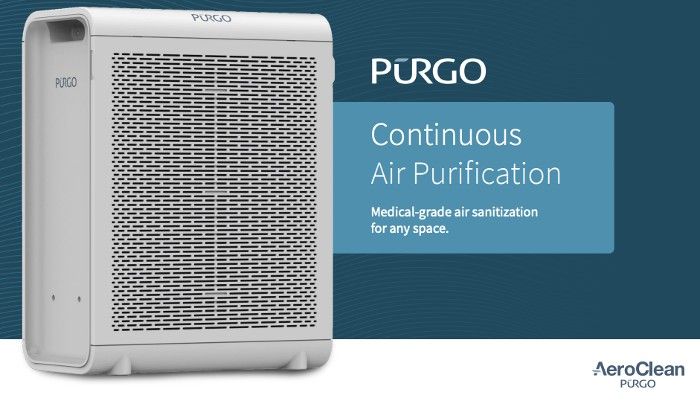Healthy indoor air quality is vital because airborne threats from viruses like COVID-19, fungi, bacteria, carcinogenic chemicals, and other pollutants. These dangers infect wellbeing, health, and functioning of the occupants of the structure, including hospitals, clinics, businesses, office buildings, and schools. AeroClean has an answer.
“Indoor air quality (IAQ) is in focus because of this realization that there can be airborne threats that not only are not healthy, and people can get sick, and even die, but it also threatens everyone's way of life.” Jason DiBona, CEO of AeroClean Technologies tells Infection Control Today® (ICT®) in an exclusive interview. “[It is] something that can be transmitted in the air, whether you're at home or in your offices, or anywhere where you share indoor air. When you think about air quality, specifically indoor air quality, is becoming even more important.”
Video Highlights
Beginning: introduction of Jason DiBona and Aeroclean Technologies
1:21 Why is indoor air quality so important in medical facilities?
6:48 Will you explain Pūrgo? What is it, how did it come about, and why is It important? Picture of Pūrgo at 7:00 or so.
13:00 Independent testing, especially with UV-C is important and shows which companies are to be trusted. Can you tell ICT’s listeners about AeroClean the completion of their independent testing that proves the Pūrgo air purifier is effective at reducing the viral concentration of the Omicron variant of SARS-CoV-2?
20.07 Pūrgo received US FDA 501(K) clearance, classifying it as a Class II Medical device. What does that mean?
22:42 How is the Pūrgo is improving indoor air quality in the spaces it's currently installed?
30:26 Is there any further testing expected?
33:42 Do you have anything else to add?
DiBona explains “In the United States alone, somewhere in the range of 2 million hospital acquired infections happened. There are health care associated infections, not just in hospitals, but in the health care span. Somewhere around 100,000 people who get those infections die on an annual basis. Some portion of that can be attributed to airborne or aerosolized pathogens. So indoor air quality, specifically, infectious airborne control in medical facilities, has life-changing consequences.”
Within a hospital, hospital rooms, operating rooms, and other acute care rooms must be filtrated with a HEPA filter, but as DiBona mentions, other areas are at risk too, like waiting rooms and elevators.
View the full interview with DiBona above to learn more about why air quality is important, and what can be done to improve air quality in hospitals, businesses, and schools.
